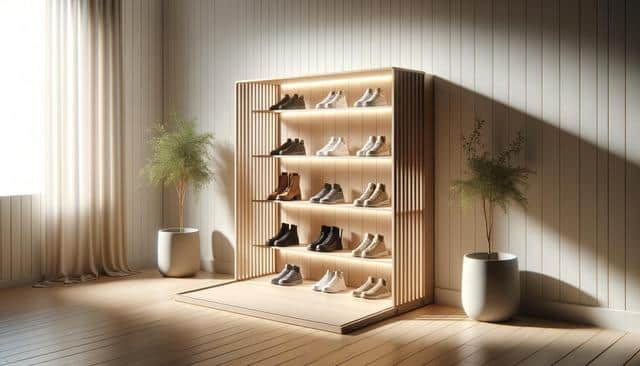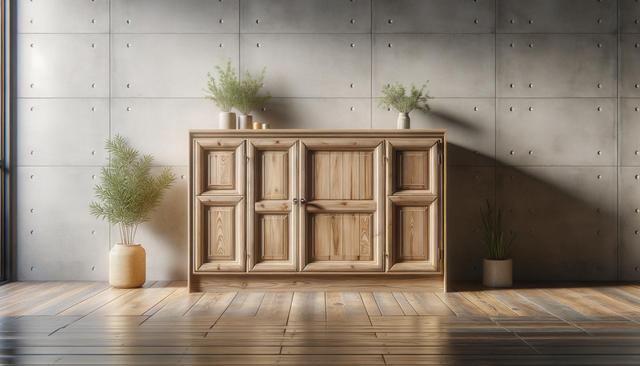
Maximizing Space and Style with a Functional Shoe Rack
The Importance of Footwear Organization
Managing the daily chaos of scattered shoes can be a challenge, especially in households with multiple members. A shoe rack offers a dedicated space for storing footwear, helping reduce mess and prevent unnecessary clutter. By organizing your shoes, you not only keep your home tidy but also extend the life of your footwear. Shoes that are constantly piled up or left on the floor are more prone to damage, deformation, and dirt buildup.
Moreover, a shoe rack promotes efficient use of space. Whether you live in a compact apartment or a spacious house, intelligent storage solutions contribute to a more organized environment. Having a specific place for each type of shoe—whether it’s sneakers, sandals, or boots—also makes it easier to find the pair you need, saving you time during busy mornings.
Types of Shoe Racks for Different Needs
There are numerous types of shoe racks available to suit varying needs, styles, and spaces. From simple stackable shelves to more sophisticated enclosed cabinets, choosing the right one depends on your personal preferences and the size of your collection.
Common types of shoe racks include:
- Open Shelving: Easy to access and ideal for frequently used shoes.
- Over-the-Door Racks: Excellent for saving floor space in small rooms or entryways.
- Shoe Cabinets: Offer a more discreet and stylish way to store footwear out of sight.
- Rotating Racks: Allow you to store a large number of shoes in a compact footprint.
Each of these designs brings unique advantages, and the choice often comes down to available space and how visible you want your shoes to be. For instance, homes with limited entryway space might benefit from vertical storage solutions, while those with ample hallway room might prefer a bench-style rack that doubles as seating.
Materials and Durability Considerations
The material of a shoe rack plays a significant role in its durability, appearance, and maintenance. Wood, metal, and plastic are the most common materials used in construction, each with its own set of benefits.
Here’s a breakdown of material options:
- Wood: Offers a classic look and can blend well with most home interiors. It’s sturdy and long-lasting but may require more care to avoid moisture damage.
- Metal: Known for its strength and minimalistic style. Metal racks are often lighter and less bulky, making them easy to move and reposition.
- Plastic: Lightweight and often the most budget-friendly. While not as durable as wood or metal, plastic racks are easy to clean and suitable for temporary setups.
When selecting a shoe rack, consider whether it will be placed in a humid area like a basement or near an entryway exposed to wet footwear. Moisture resistance and ease of cleaning are important factors in such cases.
Customization and Aesthetic Appeal
Beyond functionality, shoe racks can also enhance the overall decor of your living space. Many modern designs focus on aesthetics as much as utility, offering sleek finishes, decorative elements, and customizable features. A well-chosen shoe rack can act as a subtle design element or even a focal point, depending on its placement and style.
Customization options might include:
- Adjustable shelves to accommodate different shoe sizes
- Built-in drawers or compartments for accessories like socks or shoe care kits
- Color and finish choices to match your interior theme
Some people opt for multi-functional furniture like shoe storage benches, which combine seating with hidden compartments. These are particularly useful in entryways, providing a convenient spot to sit while putting on or taking off shoes, while keeping the area looking neat.
Maintenance and Upkeep Tips
To get the most out of your shoe rack, regular maintenance is essential. Whether it’s a simple wooden stand or a more complex cabinet, keeping it clean and well-organized enhances both its appearance and functionality.
Here are a few upkeep suggestions:
- Wipe down surfaces weekly to prevent dust buildup
- Use mats or liners to catch dirt and moisture from shoes
- Rotate footwear regularly to avoid uneven wear on shelves
- Declutter seasonally by storing off-season shoes elsewhere
Proper care also includes checking for signs of wear, especially if your rack is made of wood or metal. Tighten any loose screws, treat wood with appropriate polish or sealant, and ensure that metal frames are free from rust or corrosion. With these simple steps, your shoe rack can remain a reliable and attractive storage solution for years.
Conclusion
Integrating a well-chosen shoe rack into your home not only enhances organization but also contributes to a cleaner and more functional living space. Whether you’re dealing with a large family collection or just looking to streamline your personal setup, there’s a shoe rack style and design to meet your needs. By considering factors like space, materials, and aesthetics, you can select a solution that blends seamlessly with your home while keeping your footwear in excellent condition. A small investment in thoughtful storage can make a notable difference in everyday life.


